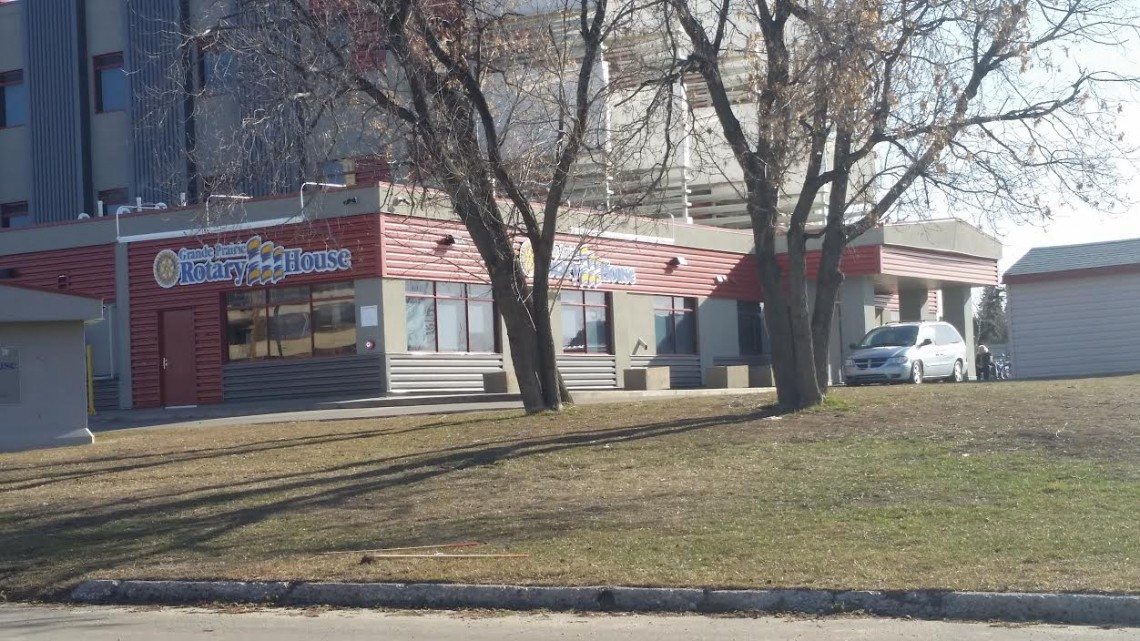The number of homeless people in Grande Prairie has gone up by 80 per cent over the past two years, but the statistics don’t tell the whole story. The 2018 count was done the night of April 11th, and 228 people were counted, up from 127 in 2016.
Homeless Initiatives Supervisor Katherine Schmidt says they again added new areas for their biennial Point-in-Time count. 40 of the people counted were in transitional housing, like the second-stage women’s shelter Serenity Place and supportive housing on the second and third floors of Rotary House.
“Between Serenity Place and Rotary House, they can only stay a maximum of two years,” Schmidt explains. “We count them in our count because after the two year period if we don’t have suitable housing they could become homeless.”
Serenity Place has 14 units, and Rotary House has 28 short-term semi-private suites and 20 permanent supportive bachelor suites. In the 2016 count, people in hospital and treatment and correctional facilities were also added for the first time.
In addition to taking another sector of the population into account, Schmidt says the count is also reflective of another trend. 54 of the people counted had been living in Grande Prairie for less than a year.
“That’s really aligning with what we’re seeing as far as our economy growth that’s been happening currently in the city,” Schmidt says.
Rather than just focusing on the number of people counted, Schmidt says she wants to look further into the data to see how it get more people off the streets and prevent others from falling homeless. In particular, she noticed an increase in the number of people between the ages of 13 to 24 at 14 per cent of the homeless population.
Schmidt connects that to a survey question that found most people first became homeless as youth. She notes that can be a difficult age to find housing on their own.
“Seeing that come out in our Point-in-Time count has really had a focus on the fact that if we want to prevent homelessness, one of the strategies that we need to focus on is preventing youth from coming into the system and becoming homeless at a young age, because potentially they could become chronically homeless.”
More than half of the homeless people counted consider themselves to be chronically homeless, meaning they didn’t have housing for more than 180 days out of the past year. Schmidt says that shows they need a different type than apartments currently being offered.
“We need that type of facility where individuals can be housed permanently and have wraparound supports on-site 24 hours a day, and I think that’s the key.”
As has been seen in past surveys, Indigenous people make up a large portion of Grande Prairie’s homeless population. 44 per cent of those counted were Indigenous when they make up only 10 per cent of the city’s general population.
63 per cent of the people counted were male and 37 per cent female. Eight per cent were under 18 years old, 14 per cent were 13 to 24 years old, 48 per cent were 25 to 44, and 30 per cent between 45 and 64.
61 per cent were sleeping in an emergency shelter, 14 per cent in residential treatment, 10 per cent in a sponsored motel or hotel room, six per cent incarcerated or in a holding cell, three per cent in an unsheltered location or public space, two per cent in transitional housing, and two per cent in hospital. Two per cent didn’t know where they were sleeping.


